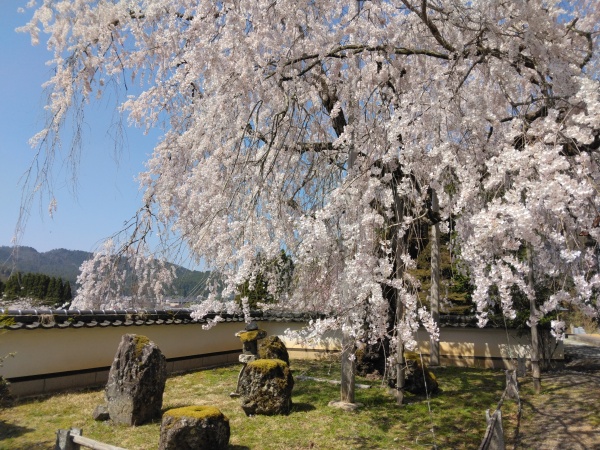“TOTTEOKI” Hidden Gems of Kyoto
The "Hidden Gems of Kyoto" is a project that brings you new sightseeing information on hidden attractions in the local areas located slightly away from the central city.
Keihoku has played an important role since Kyoto became the capital in 794. It served as a supplier of construction materials for the Kyoto Imperial Palace and as a direct domain of the emperor, contributing goods and food to the imperial court. Today, the town is popular for experiences, gourmet activities, and farm stays utilizing agricultural resources like Kitayama cedar and Kyoto vegetables. Access: JR Bus (bound for Shuzan) from Kyoto Sta. or Hankyu Omiya Sta. (about 90 min.). Kyoto Station's JR Bus Ticket Center sells discounted tickets covering the Shuzan area.
Hidden Cherry Blossom Spots Blooming Later Than the City Center
In Keihoku, due to its higher latitude and elevation, cherry blossoms bloom approximately one to ten days later than in the city center. Visitors can enjoy cherry blossoms here starting when those in downtown Kyoto begin to fall, lasting until the third week of April.
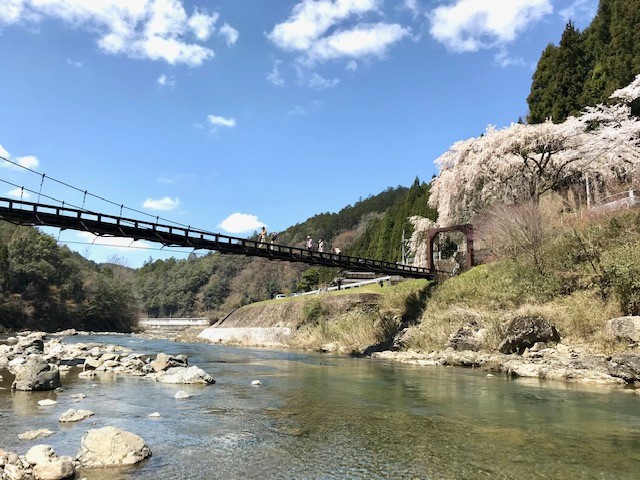
"100-year-old Sakura in Kuroda” is an ancient tree, believed to be over 300 years old. It blooms later than any other cherry blossom in Kyoto, signaling the end of spring in the city and the transition to summer.
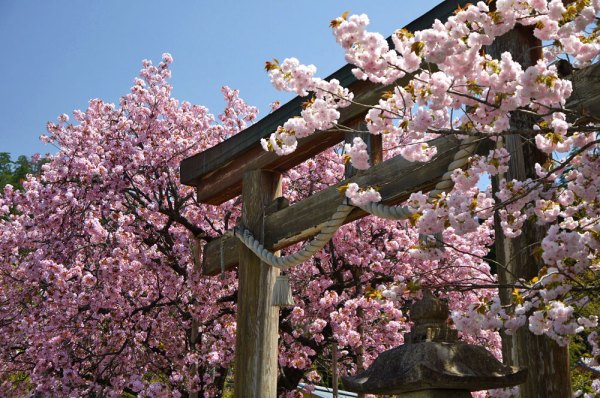
At
Joshoko-ji Temple, visitors can admire the three grand cherry trees related to the Imperial family: "Kokonoe” said to have been planted by Emperor Kogon in the 14th century, the "Mikuruma-gashi " named by Emperor Go-Mizunoo in the 17th century, and the "Sakon" transplanted from the Shishin-den Hall of the Kyoto Imperial Palace.
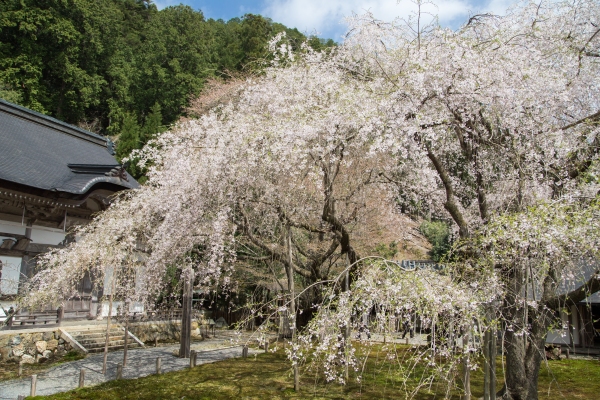
Hosen-ji Temple’s stunning cherry blossom garden boasts around 200 "Shidare-zakura" (weeping cherry blossom) trees, planted by the head priest himself. During the Sakura Festival from April 6th to 14th, visitors can purchase local specialties such as vegetables and sweets. On the 7th from 13:00, concerts will be held in the garden.
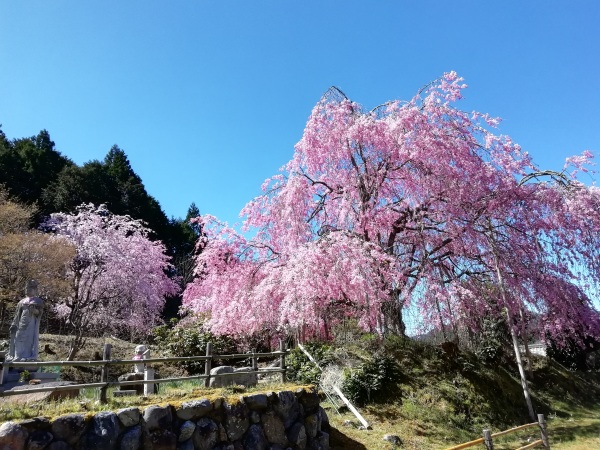
Fukutoku-ji Temple, founded about 1300 years ago, is adorned with "
Kasumi-zakura" cherry blossoms that are around 400 years old, a rare variety with delicate pink flowers. Near the
Uo-gabuchi Suspension Bridge over the Katsura River, a solitary cherry blossom tree stands majestically offering a picturesque setting with its 13-meter-tall branches against the backdrop of the river.
